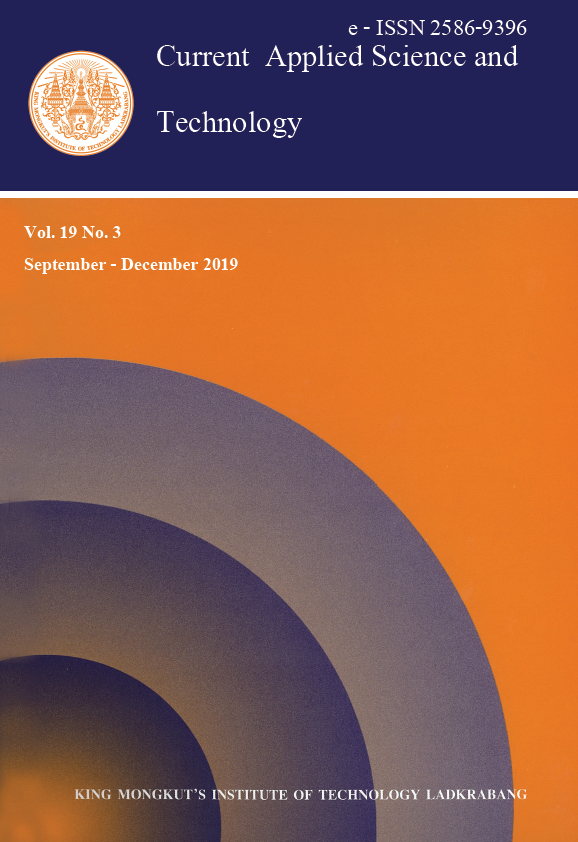Rice cv. RD6 is one of the most important crops for Thailand particularly for people and farmers in the northeastern part of the country. Saline soil in the northeastern part of Thailand is an important problem that causes low yield of rice. Treatment of plants with some plant growth regulators (PGR) such as polyamine or bio-stimulants, for example wood vinegar (WV), can induce physiological response so that plants become more tolerant to abiotic stresses including salinity. The objective of this study was to investigate the effects of spermidine (Spd) and WV on increasing tolerance of rice seedlings in saline soil under greenhouse condition. Rice seedlings were grown for 30 days in pots containing 5 kg soil. The plants were then sprayed with distilled water (control), WV (1:500), Spd (0.05, 0.1 and 0.5 mM) and mixture between WV (1:500) and Spd (0.05, 0.1 and 0.5 mM) for 5 days and then exposed to salt stress (150 mM NaCl) for 14 days. The result indicated that salt stress decreased net photosynthesis rate, maximal quantum yield of PSII photochemistry (Fv/Fm), but increased membrane damage as indicated by increase in electrolyte leakage (EL). Under salt stress, spraying with WV (1:500) and 0.1 mM Spd (with or without WV) tended to increase shoot and root growth, respectively. Spraying with 0.05 mM Spd and 0.5 mM Spd significantly reduced EL and increased Fv/Fm, respectively. The most effective solutions to promote shoot growth, root growth, reduce membrane damage and improve photochemical function of PSII were WV (1:500), 0.1 mM Spd, 0.05 mM Spd and 0.5 mM Spd, respectively.
*Corresponding author: Tel.: 094-3848530
E-mail: anuchatbank@gmail.com
Srisompan*, A. ., & Theerakulpisut, P. . (2019). The Effect of Exogenous Spermidine and Wood Vinegar on Growth and Physiology of Rice (Oryza sativa L.) cv. RD6 under Salt Stress. CURRENT APPLIED SCIENCE AND TECHNOLOGY, 289-296.
